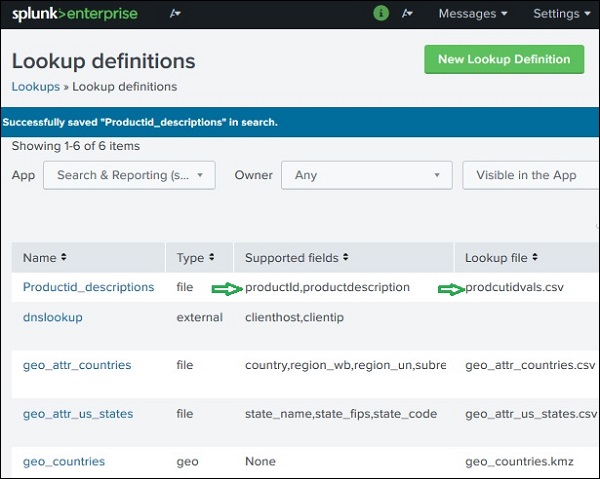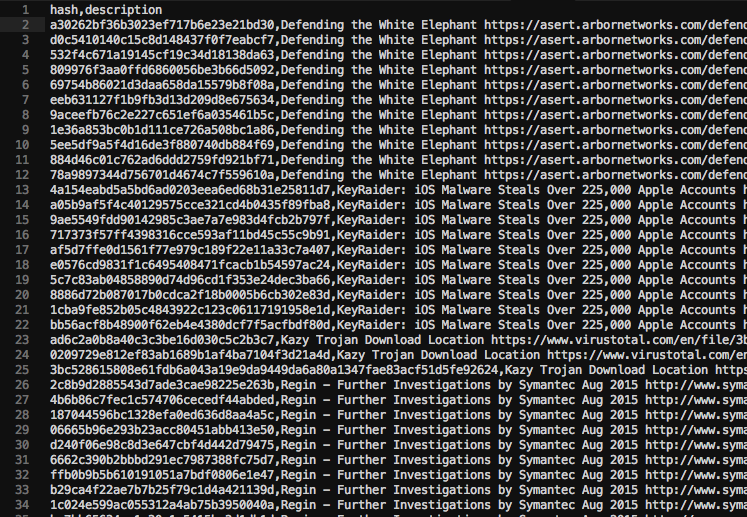

| foreach Every Field That Might Be Empty or Have Only Whitespace Listed Here +$//" | eval > = if(isnull(>) OR len(>)=0, "0", >) ] Of course, this only works if it is empty very occasionally you may find a field with only whitespace in it. You can test this like this: |makeresults | foreach Every Field That Might Be Empty Listed Here What you need to use to cover all of your bases is this instead. The other is when it has a value, but the value is "" or empty and is unprintable and zero-length, but not null. One is where the field has no value and is truly null. The pie chart implies that the value for views is 1 part of the total, when in fact views is the total.The problem is that there are 2 different nullish things in Splunk. Using a pie chart implies that views is an action like addtocart and purchases. The views is a total count of all the actions, not just the addtocart and purchases actions. In this particular example, using a pie chart is misleading. Now these rows can be displayed in a column or pie chart where you can compare the values. Sourcetype=access_* status=200 | stats count AS views count(eval(action="addtocart")) AS addtocart count(eval(action="purchase")) AS purchases | transpose Use the transpose command to convert the columns of the single row into multiple rows. If you change to a pie chart, you see only the "views". Because the information about the views is placed on the X axis, this chart is confusing. When you switch to the Visualization tab, the data displays a chart with the "34282 views" as the X axis label and two columns, one for "addtocart "and one for "purchases". The values for addtocart and purchases show the number of events for those specific actions. The value for count AS views is the total number of the events that match the criteria sourcetype=access_* status=200, or the total count for all actions. This search produces a single row of data. This can be pretty nifty when you need to change the way an entire table is laid out in order to improve your visualizations. Sourcetype=access_* status=200 | stats count AS views count(eval(action="addtocart")) AS addtocart count(eval(action="purchase")) AS purchases This command basically rotates the table 90 degrees, turning rows into column headers, and column values into row items. Search all successful events and count the number of views, the number of times items were added to the cart, and the number of purchases.
Splunk lookup table empty rows download#
Splunk lookup table empty rows series#
Transpose a set of data into a series to produce a chart This example uses the sample dataset from the Search Tutorial. Index=_internal | stats count by sourcetype | sort -count | transpose 3ģ. Use the transpose command to convert the rows to columns and show the source types with the 3 highest counts.

Index=_internal | stats count by sourcetype | sort -count Count the number of events by sourcetype and transpose the results to display the 3 highest countsĬount the number of events by sourcetype and display the sourcetypes with the highest count first. When you add the transpose command to the end of the search, the results look something like this:Ģ. The search produces the following search results:

Sourcetype=access_* status=200 | chart count BY host Use the default settings for the transpose command to transpose the results of a chart command. By default the field names are: column, row 1, row 2, and so forth.Įxamples 1. When you use the transpose command the field names used in the output are based on the arguments that you use with the command. To transpose all rows, specify | transpose 0, which indicates that the number of rows to transpose is unlimited. Default: true int Syntax: Description: Limit the number of rows to transpose. include_empty Syntax: include_empty= Description: Specify whether to include (true) or not include (false) fields that contain empty values. Default: column header_field Syntax: header_field= Description: The field in your results to use for the names of the columns (other than the first column) in the transposed data. This column contains the names of the fields. Optional arguments column_name Syntax: column_name= Description: The name of the first column that you want to use for the transposed rows. Returns the specified number of rows (search results) as columns (list of field values), such that each search row becomes a column.


 0 kommentar(er)
0 kommentar(er)
